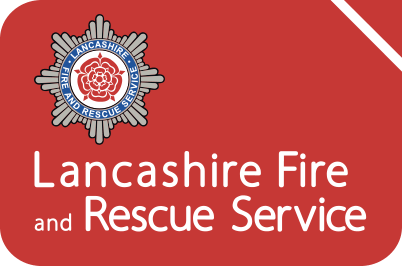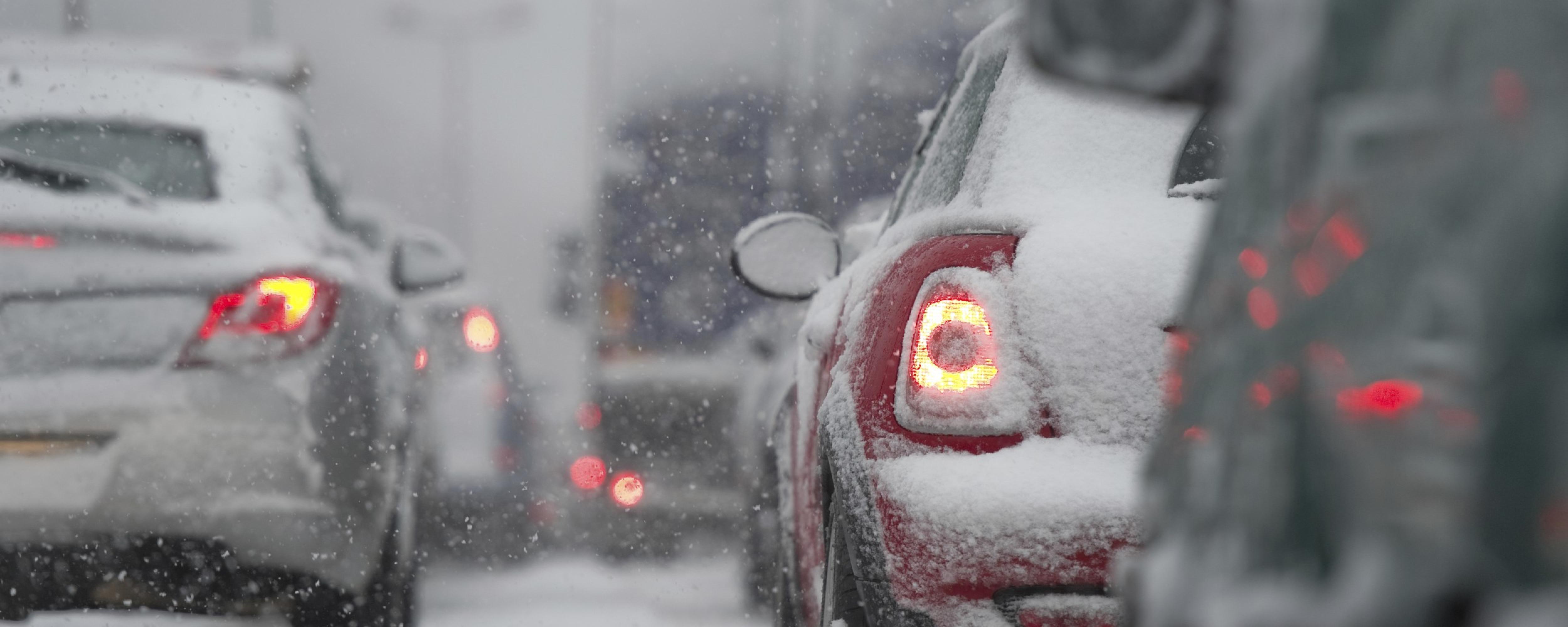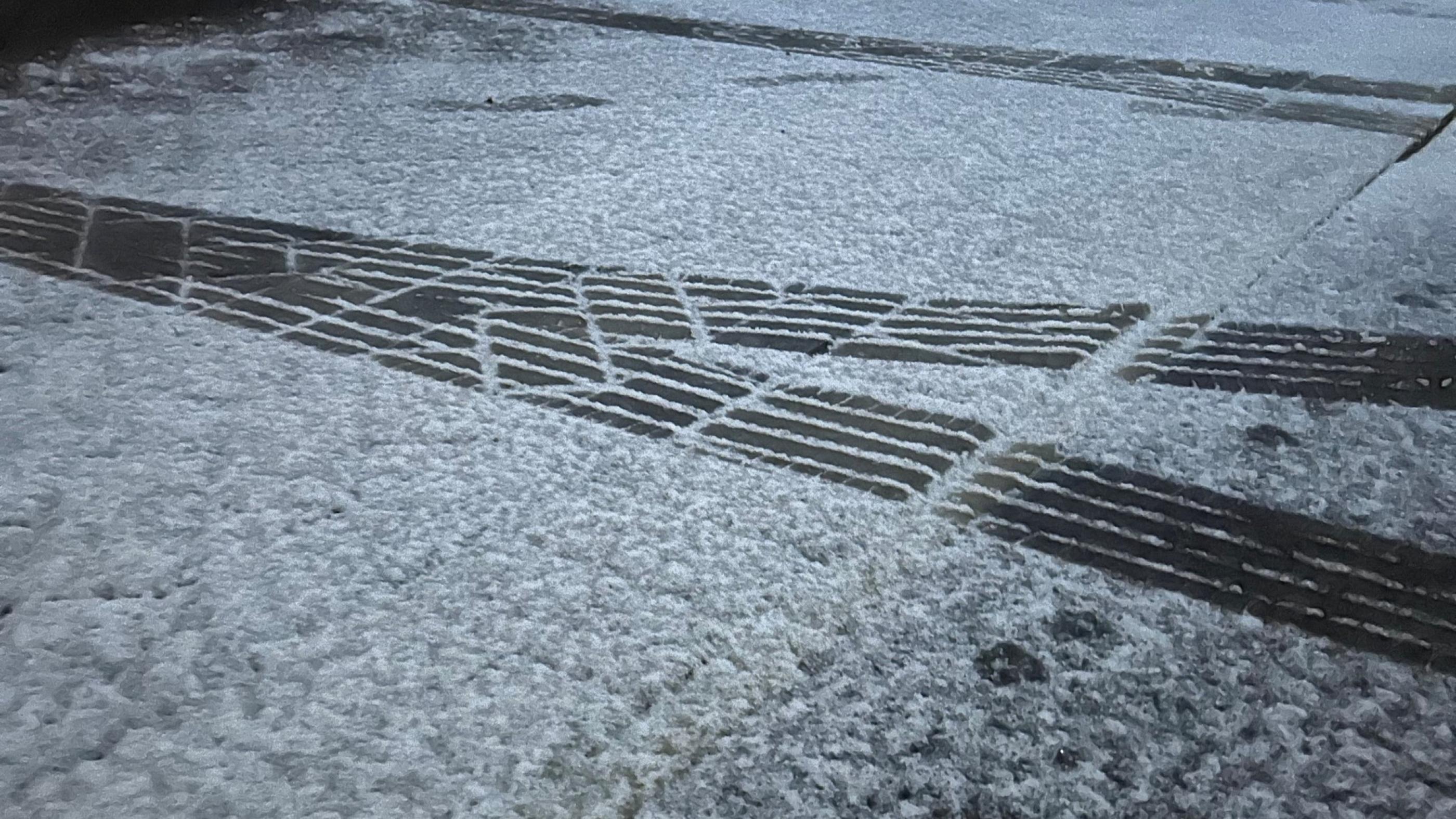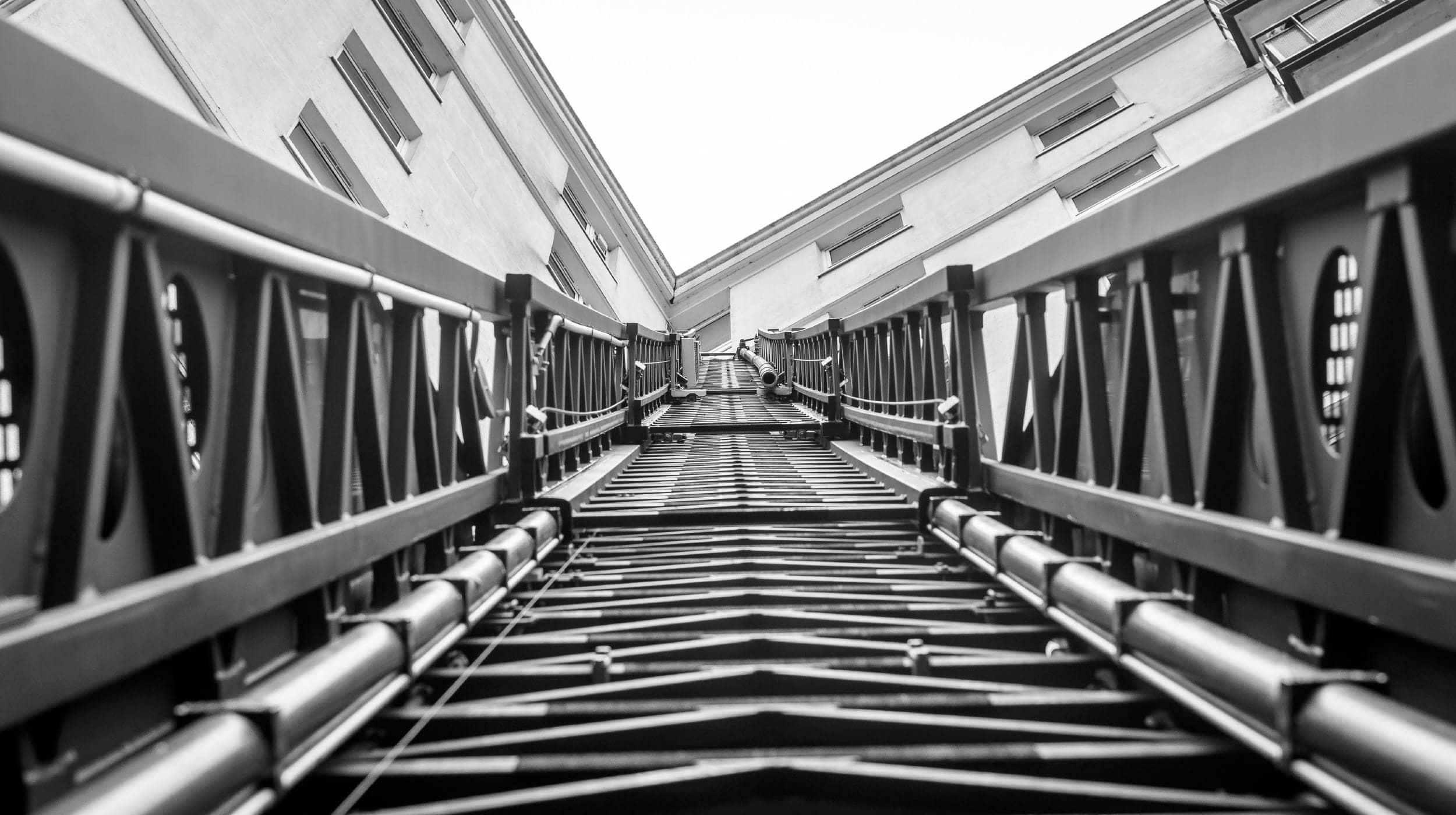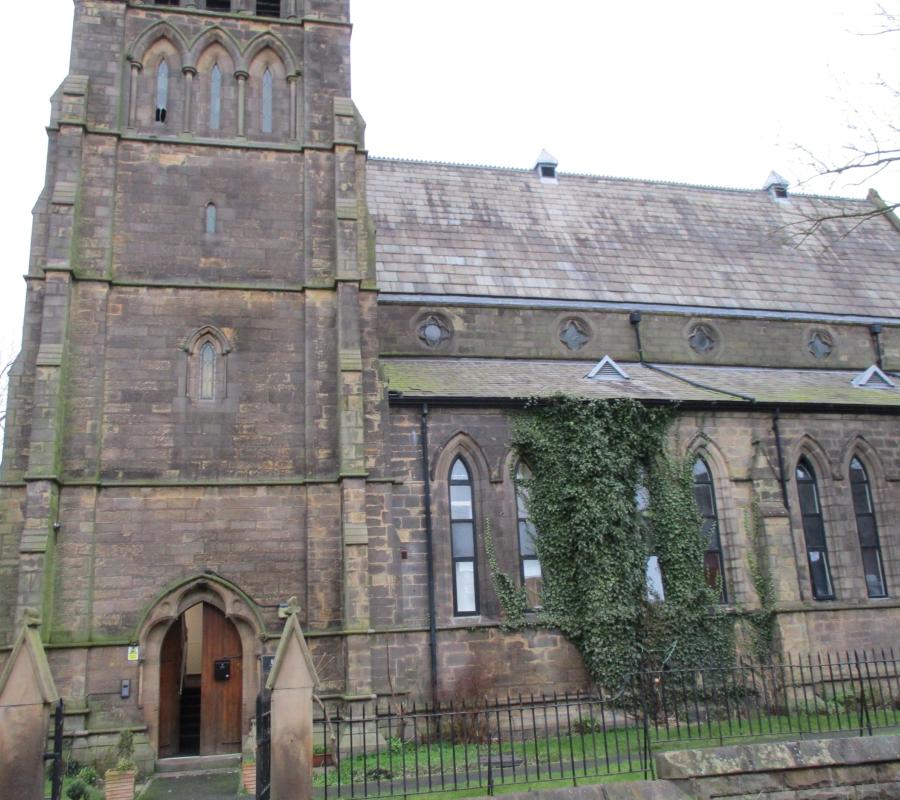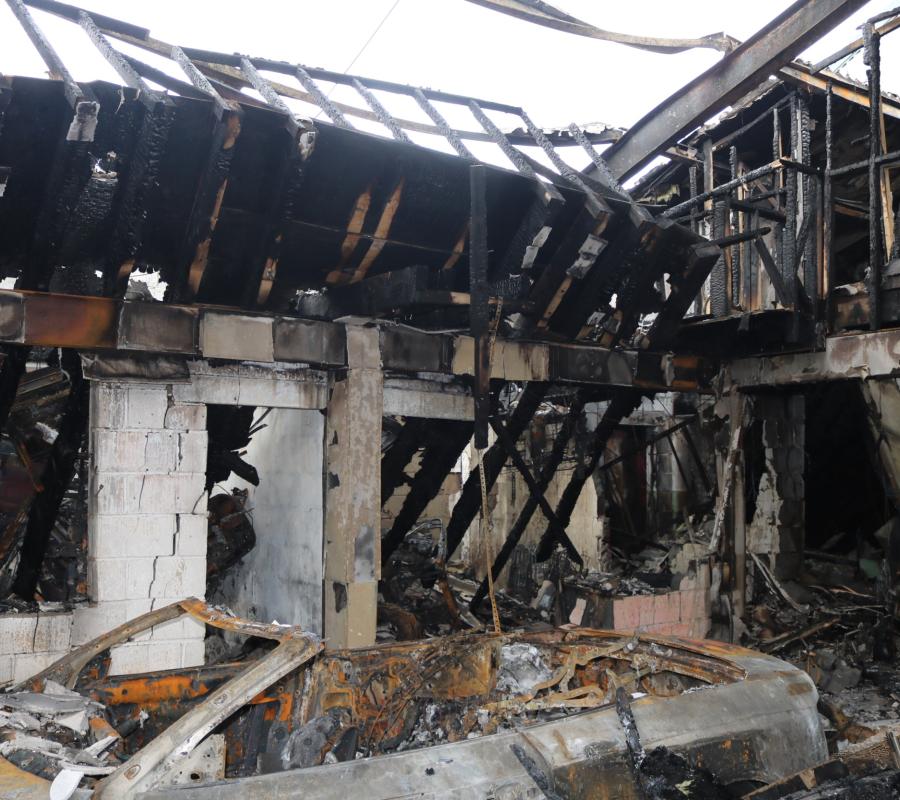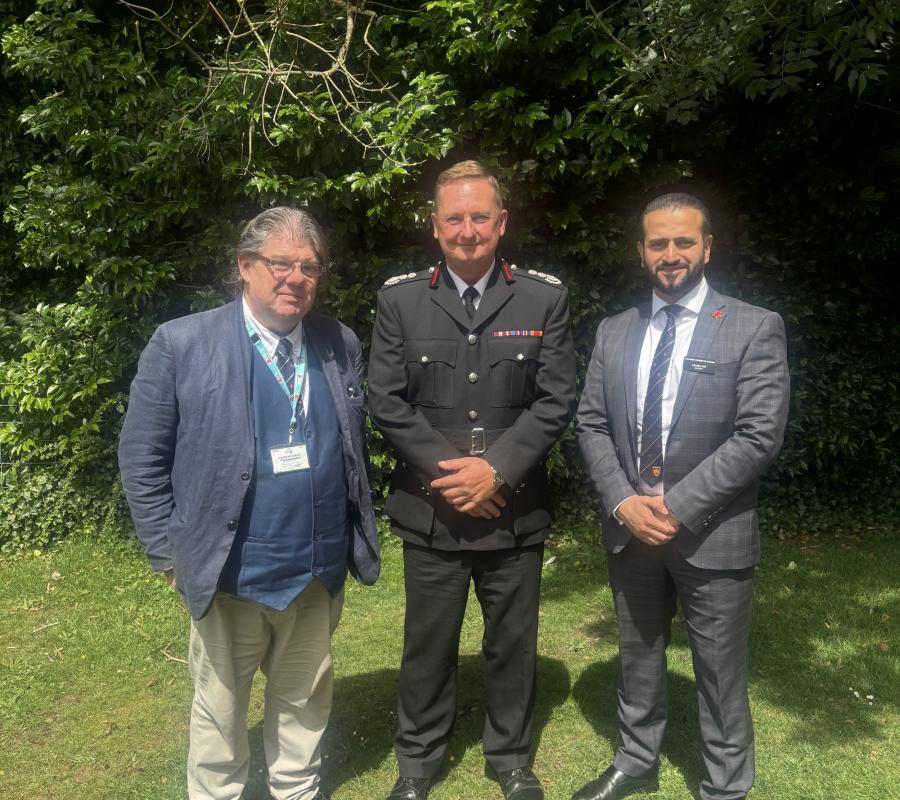Fire Safety Failings Lead to Prosecution Following Serious Fire in Converted Church Building
Read the article written about Fire Safety Failings Lead to Prosecution Following Serious Fire in Converted Church Building
A serious fire at a converted church building in Preston has resulted in substantial fines for the property’s owner and director, following multiple breaches of the fi...
